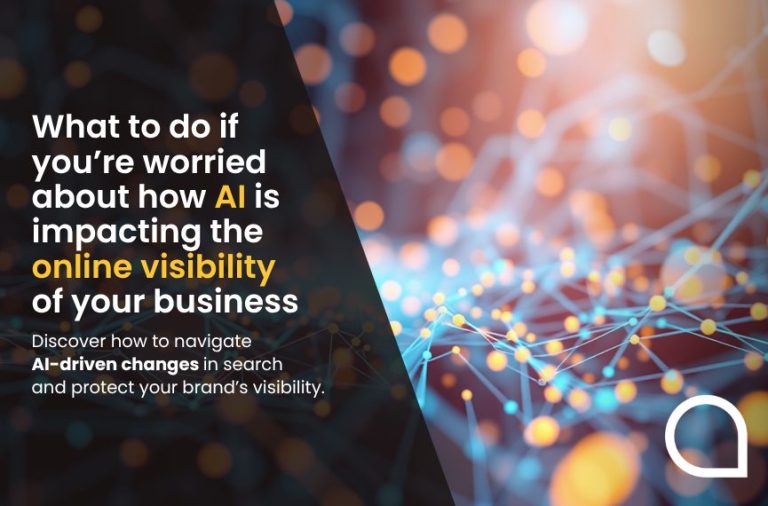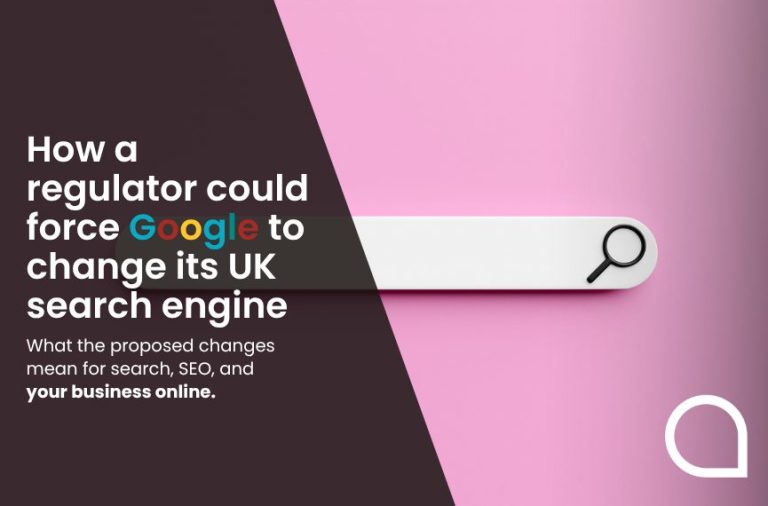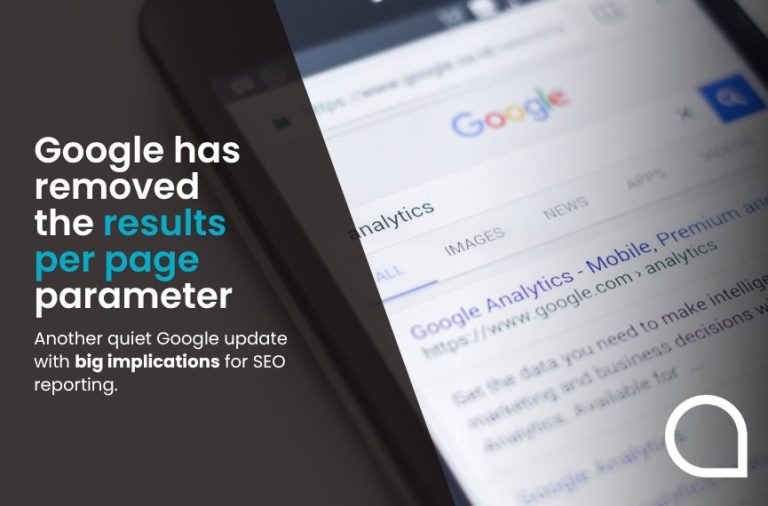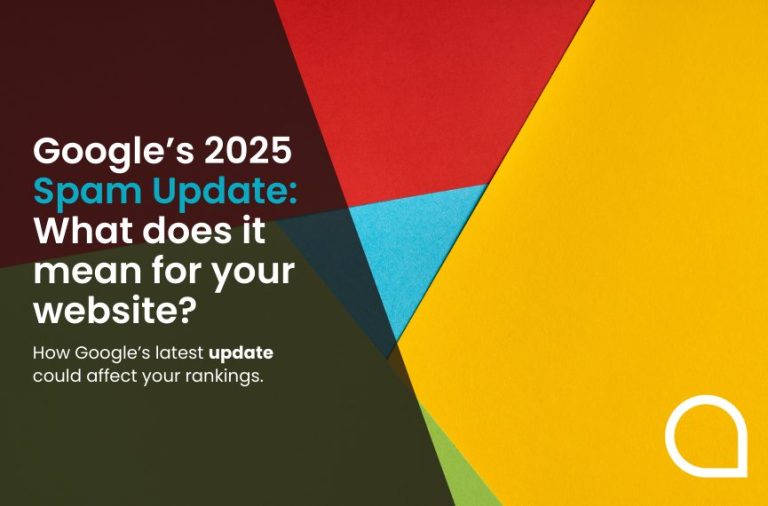We’ve heard it time and time again; Artificial Intelligence (AI) is reshaping the digital landscape.
From Google’s AI Overviews and AI Mode to new AI software, the way people discover information online is evolving, changing not only how users search but also .
To illustrate this shift, one Ahrefs study found that the mere presence of an AI Overview in the Search Engine Results Page (SERP) correlated with a 34.5% lower average clickthrough rate (CTR) for the top-ranking page.
And that’s before we factor in the number of online users bypassing search engines altogether in favour of generative AI tools to answer their questions.
For businesses that have seen significant drops in organic traffic to their websites over the past few months, this creates a daunting challenge.
Evidenced by the rise of new synonyms related to AI and Search Engine Optimisation (SEO), including GEO (Generative Engine Optimisation), AEO (Answer Engine Optimisation), and even AISO (AI Search Optimisation), the industry is eager to adapt.
A recent article published by Econsultancy explored how implementing new strategies is the most effective answer to increasing online visibility.
Sean Begg Flint, Founder at Position Digital, said: “Instead of talking about ‘traffic losses’ due to AI, we can frame it as a ‘traffic transfer’ to new discovery layers.
“This reframes a potentially negative situation (fewer direct clicks) into a more proactive one, highlighting a new area for optimisation.”
Here at Aqueous Digital, we agree; there’s plenty of new opportunities for driving visibility.
Indeed, AI isn’t the end of SEO – but rather it’s the next iteration of it.
Why is a new strategy needed?
Unfortunately, traditional SEO strategies are no longer enough on their own.
There’s a variety of reasons why a new and multi-faceted approach is needed to overcome the impact of AI and , and that includes:
Increase in AI Overviews
Google’s generative summaries are now appearing at the top of search results for a wide range of queries, with some statistics suggesting 18% of global searches now display these overviews.
These summaries are often triggered by informational-type queries, offering conversational answers that don’t require the user to click-through to the source of the information.
Adoption of Google Search AI Mode
Rise in generative AI chatbots
Conversational AI chatbots like ChatGPT, Microsoft Copilot, Meta AI, Claude, Jasper AI are becoming a popular option among users. According to Datos data reported by The Wall Street Journal, 5.6% of US searches in June were made through chatbots instead of traditional search engines – an increase from 2.48% in June 2024 and just 1.3% in January 2024.
How we’ve adapted our approach to formulating an SEO strategy
Creating AI-friendly content
With many AI Overviews and generative AI chatbot responses now including clear links to their sources, one of the easiest ways to retain online visibility is to ensure your business is being mentioned.
As, it’s important to produce content that directly answers questions.
That means no keyword-stuffing, and no fluff – just useful content that also offers a more in-depth explanation for users who decide to click through.
Adhering to E-E-A-T guidelines
Google’s E-E-A-T framework stands for the four key areas of Experience, Expertise, Authoritativeness, and Trustworthiness, rewarding content that demonstrates:
- Experience – First-hand experience and knowledge
- Expertise – The creator possesses relevant accreditation and skills
- Authoritativeness – The creator is recognised by trusted sources
- Trustworthiness – The content is transparent, accurate, and reliable
Every piece of content we produce for our customers abides by this framework, helping to reinforce credibility in the eyes of AI and human readers.
Implementing schema markup
Structured data makes it easier for search engines and AI models to interpret content.
We use schema markup to improve the likelihood of content being surfaced in featured snippets, AI answers, and voice search results.
Optimising across all formats
SEO in the AI age is no longer just about blog posts and landing pages. By diversifying formats, we can meet online users wherever they are.
AI favours a wide range of content and platforms, including:
- Imagery (such as graphs and infographics)
- Product pages and reviews
- Social media posts
- Long-form guides and articles
- Video content (in partnership with Eight Engines)
Eight Engines has been a valued customer of Aqueous Digital since they enlisted our help with boosting their local SEO results in 2019.
With first-hand experience of their work – Eight Engines produced an exceptional TV-quality brand video production for us – we’ve since developed an informal referral partnership. This collaboration allows our clients to benefit from their outstanding video production expertise alongside our digital marketing services.
Re-evaluating how success is measured
Previously, traditional SEO success was largely measured in terms of impressions and click-throughs.
While these metrics still matter, our core SEO performance indicators also include brand visibility within AI results because we recognise the value of appearing in this new layer of discovery.
AI is redefining SEO, not killing it
We know that AI has disrupted SEO, but disruption doesn’t have to mean consistent or terminal decline.
Adapted SEO strategies that embrace AI-driven discovery layers can help businesses to stay competitive and maintain their online visibility.
For expert support with implementing a new, AI-savvy SEO strategy, talk to the digital marketing professionals at Aqueous Digital today.
Simply fill out our online contact form, our reach out via:
Phone: 0800 285 1424
Email: hello@aqueous-digital.co.uk





